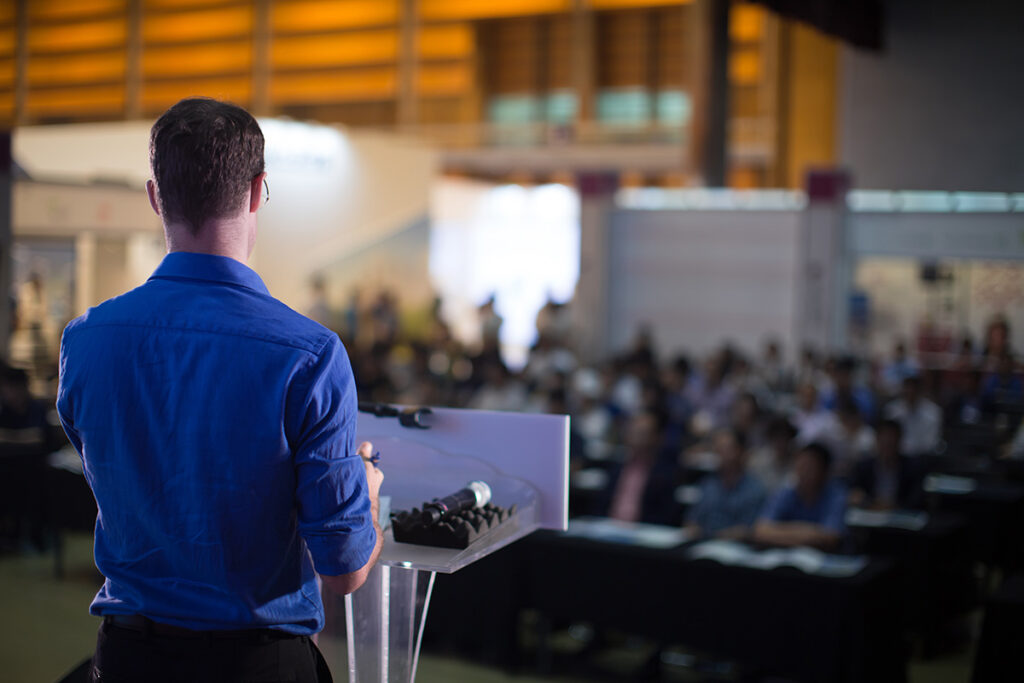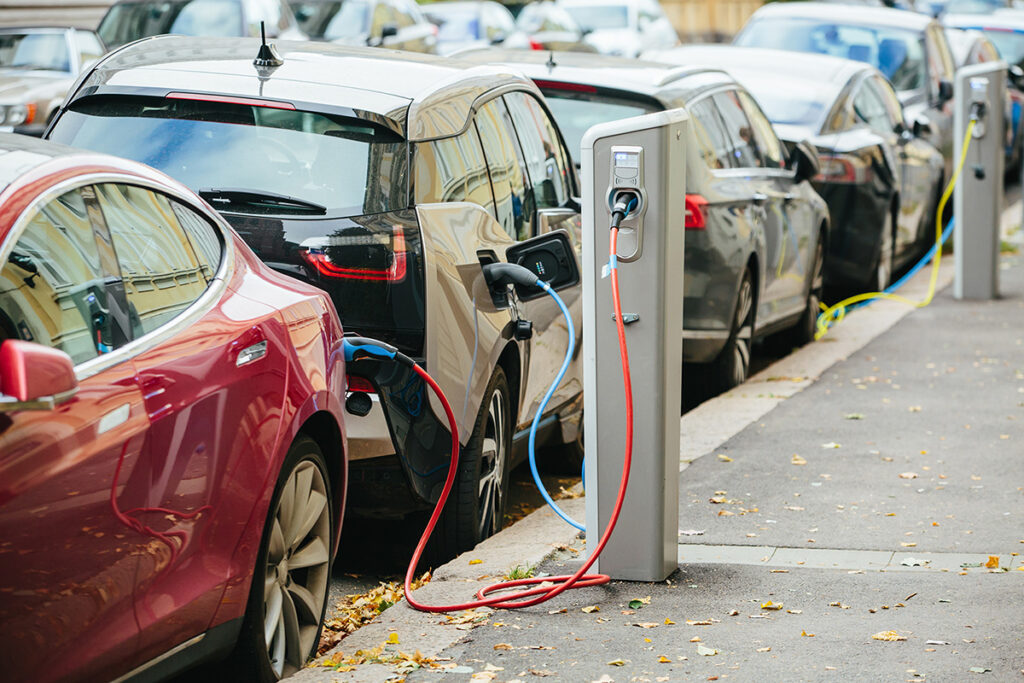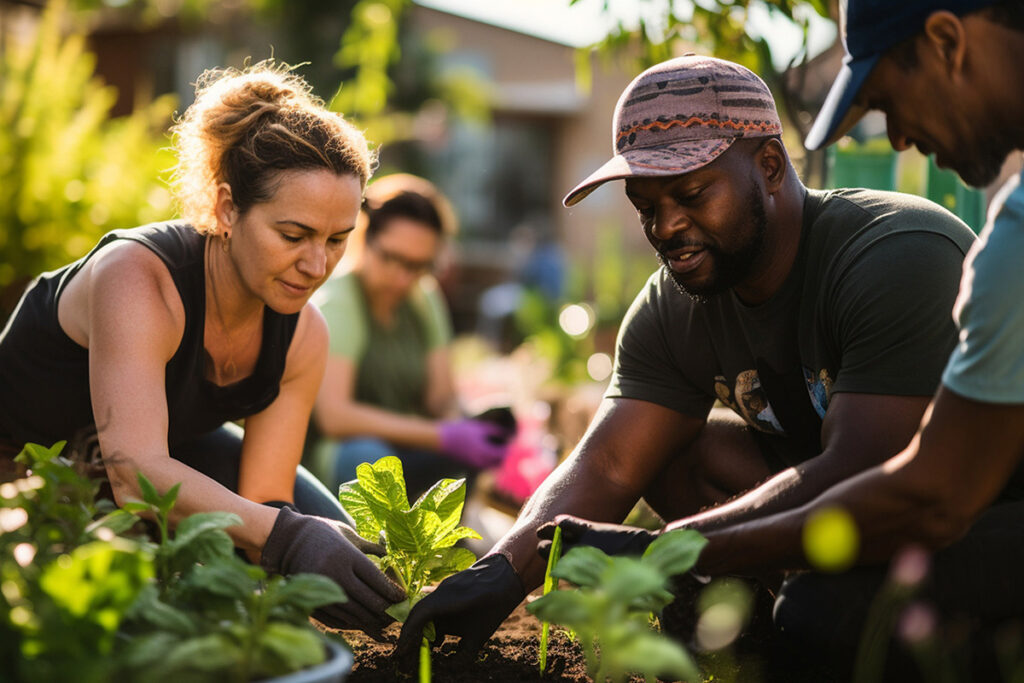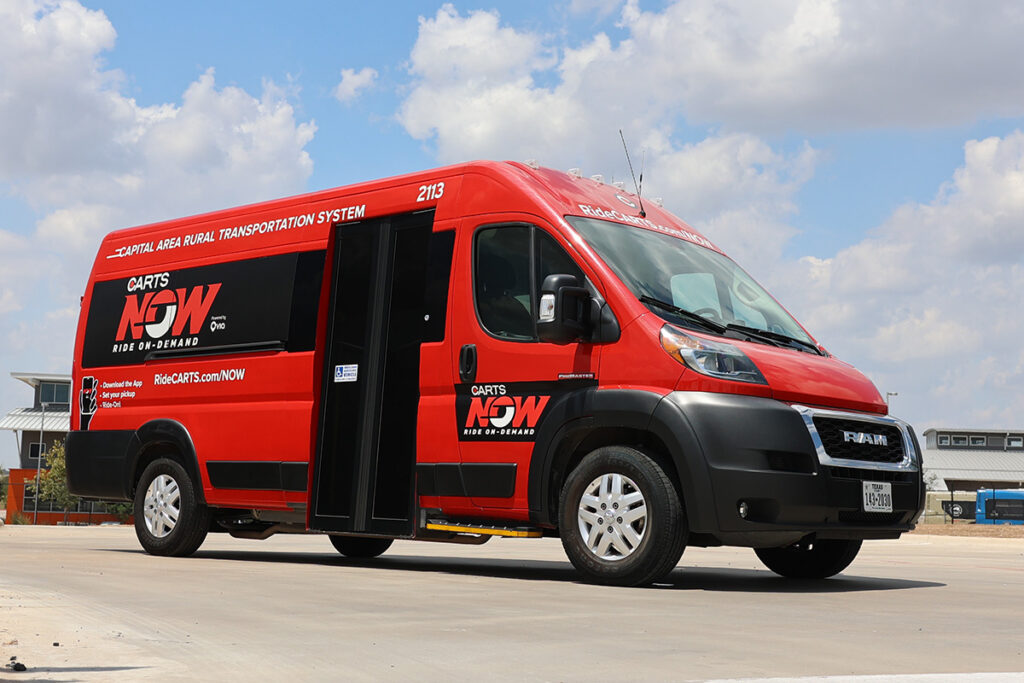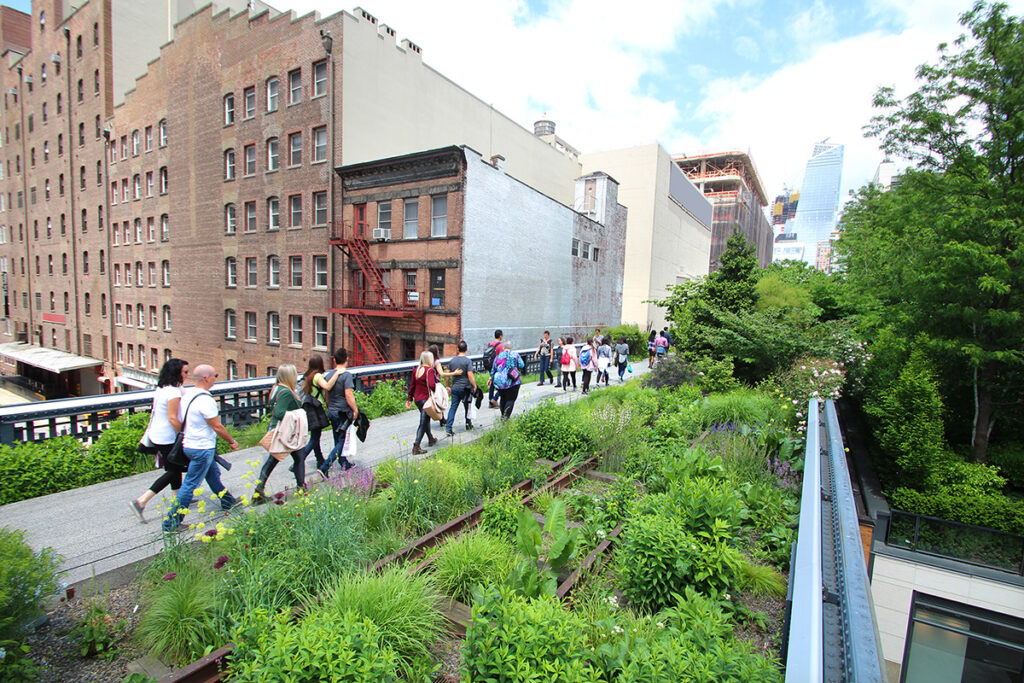Accessible Innovation Capital: SBIR & STTR Programs
When it comes to improving a community’s innovation assets, economic development practitioners can do only so much to influence postsecondary science and engineering programs or to increase the presence of venture capital firms. Supporting R&D-focused small businesses through the process of accessing federal SBIR/STTR dollars is a strategy that fits squarely within the realm of business and economic development.
Accessible Innovation Capital: SBIR & STTR Programs Read More
